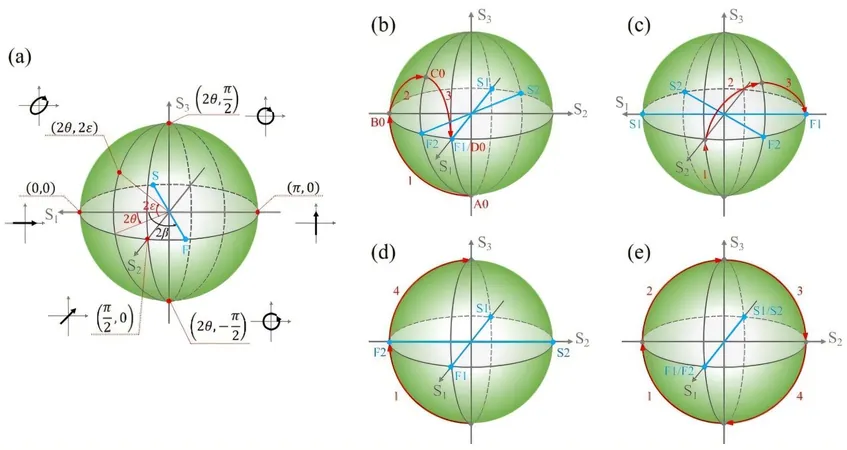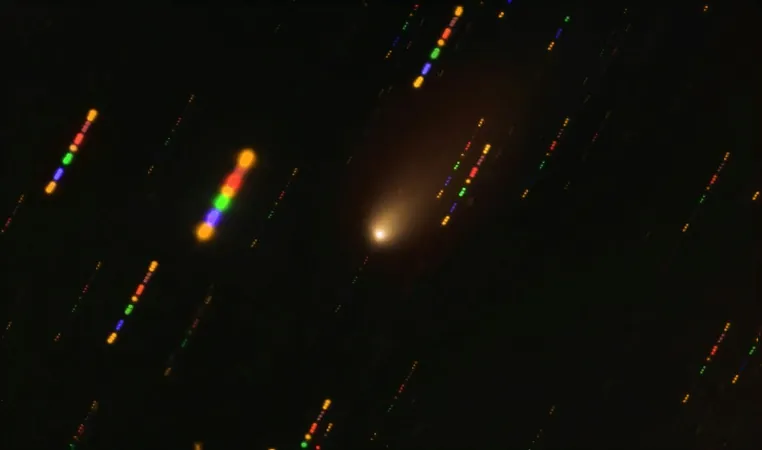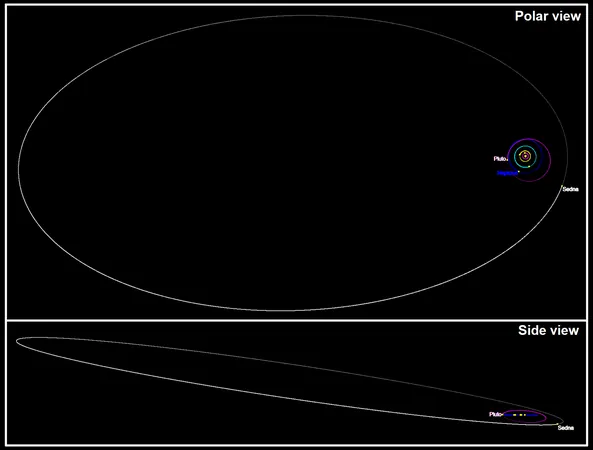
Breakthrough Method Revolutionizes High-Order Vector Vortex Beam Generation!
2025-05-29
Author: Nur
Transforming Optical Research with a Game-Changing Discovery!
In an exciting development hailed as a major leap in optical technology, a team of researchers spearheaded by Associate Professor Wang Anting from the University of Science and Technology of China (USTC) has unveiled a groundbreaking method for the manipulation of laser light. This innovative approach focuses on high-order vector vortex beams (VVBs), a cutting-edge tool in laser science.
Why Vector Vortex Beams Matter!
VVBs, characterized by their peculiar anisotropic polarization and helical phase distributions, have captured the attention of scientists due to their unique properties. These beams allow for intricate control over the spin and orbital angular momentum (OAM) of light, paving the way for myriad applications—from advancing laser processing techniques to enhancing optical communication.
Tackling Traditional Challenges!
Despite their promise, traditional methods for generating VVBs have been hampered by high costs and limited flexibility. However, the USTC team has devised a clever workaround. Using a single geometric phase element—a q-plate—they cleverly manipulated the phase and polarization of light. This revolutionary system employs standard optical components to create an adjustable phase delay, obviating the need for expensive liquid crystal phase retarders.
Shattering Limits with High-Order Control!
The result? An astonishing capability to generate VVBs with phase and polarization topological charges soaring to 16! This means researchers can now achieve unprecedented control over the polarization distributions of high-order VVBs, transforming the landscape of optical technology.
Harnessing the Power of Geometry!
The team took it a step further by leveraging the well-established geometrical attributes of the Poincaré sphere to articulate their innovative polarization control process. They also introduced the hybrid Poincaré sphere (HyPS) concept to illustrate the intricate mapping between the traditional and new approaches to VVB generation.
A Bright Future Ahead!
Published in the prestigious journal Laser & Photonics Reviews, this research not only heralds a simple and cost-effective method for creating high-order VVBs, but it also promises easy integration into existing technologies. As the race for optical innovation continues, this breakthrough is set to make waves across various spectrums of scientific research and real-world applications.





 Brasil (PT)
Brasil (PT)
 Canada (EN)
Canada (EN)
 Chile (ES)
Chile (ES)
 Česko (CS)
Česko (CS)
 대한민국 (KO)
대한민국 (KO)
 España (ES)
España (ES)
 France (FR)
France (FR)
 Hong Kong (EN)
Hong Kong (EN)
 Italia (IT)
Italia (IT)
 日本 (JA)
日本 (JA)
 Magyarország (HU)
Magyarország (HU)
 Norge (NO)
Norge (NO)
 Polska (PL)
Polska (PL)
 Schweiz (DE)
Schweiz (DE)
 Singapore (EN)
Singapore (EN)
 Sverige (SV)
Sverige (SV)
 Suomi (FI)
Suomi (FI)
 Türkiye (TR)
Türkiye (TR)
 الإمارات العربية المتحدة (AR)
الإمارات العربية المتحدة (AR)